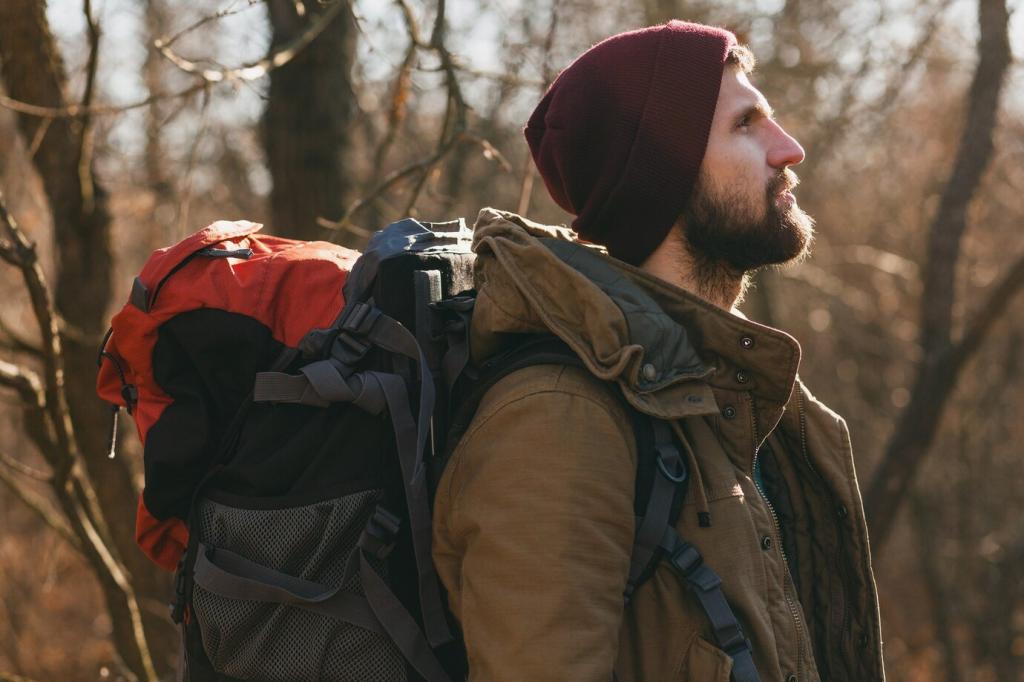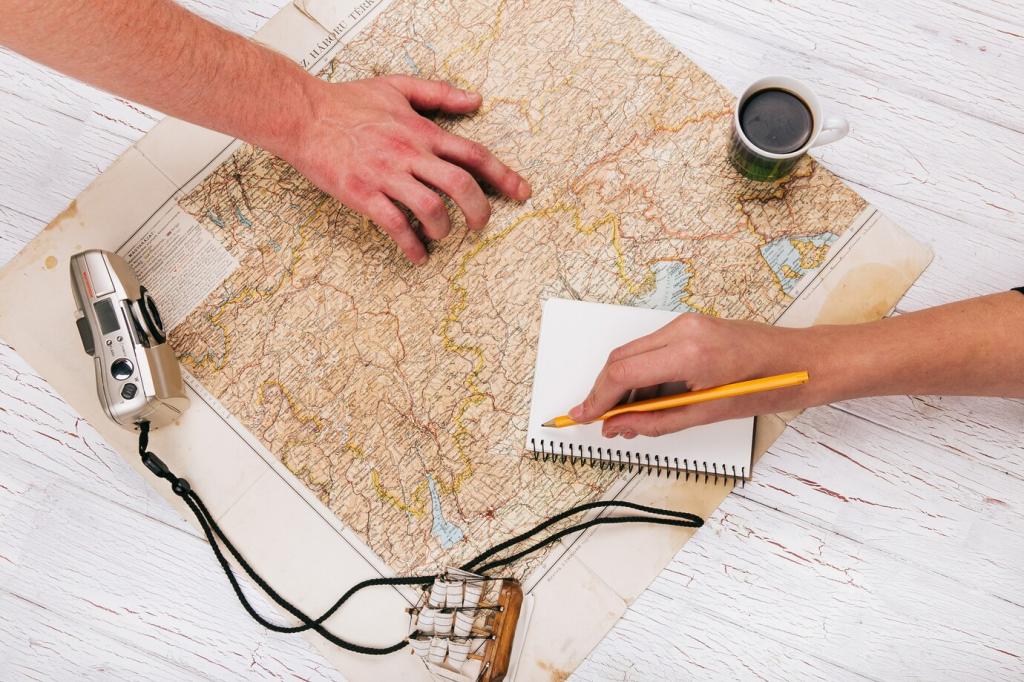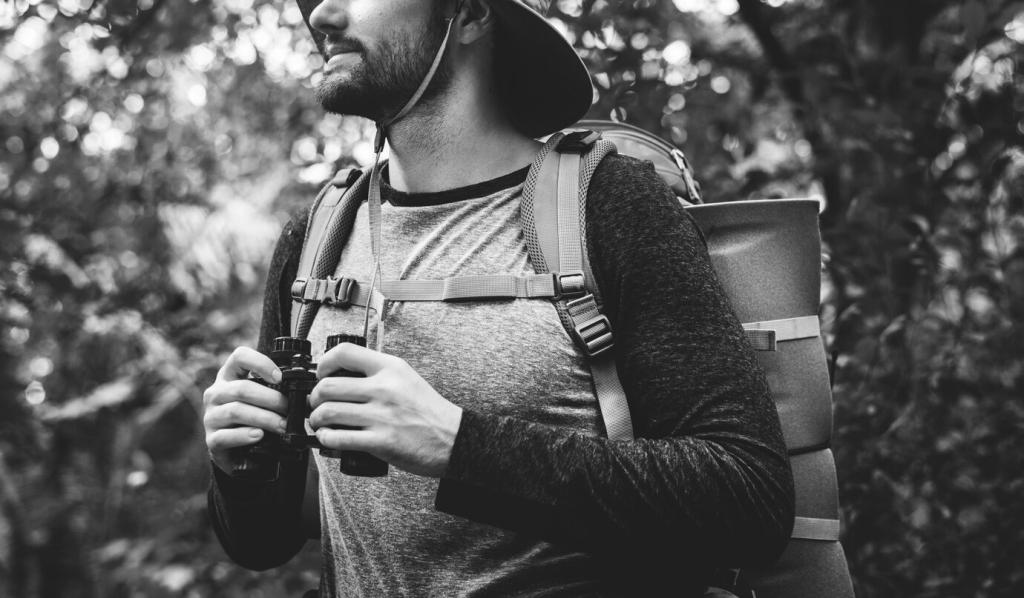
Spring Mountains, Smart Packs: Essential Gear That Keeps You Moving
Chosen theme: Essential Gear for Spring Mountain Hiking. From thawing trails to surprise squalls, here’s your field-tested guide to packing confidence, comfort, and safety this season. Share your must-pack items in the comments and subscribe for our printable spring checklist.
Base layers that tame sweat and chills
Choose lightweight merino or high-wicking synthetics around 150–200 g/m² to move sweat and reduce that bone-deep chill when winds rise. Long-sleeve crews, quick-drying underwear, and a light buff protect your core. Prioritize flat seams, odor control, and fast-dry performance for comfort all day.
Midlayers that breathe and insulate
Grid fleece and active insulation like Polartec Alpha balance warmth with airflow during steep climbs and cold descents. Half-zip vents and low-bulk fits help regulate heat on the move. I once swapped a damp midlayer at a ridge and instantly felt steadier—always pack a dry spare.
Shells that shrug off rain, sleet, and wind
A 2.5L or 3L waterproof-breathable jacket with pit zips, a stiff-brim hood, and reliable DWR beats surprise squalls. Pair with light rain pants featuring side zips for fast on-trail changes. Reproof DWR before trips, and stash windproof gloves. What’s your go-to shell for shoulder season?



Navigation Essentials When Trails Vanish Under Snow
Carry a waterproof topo map, learn to shoot bearings, and cross-check elevation with an altimeter to verify position. Practice at home with simple bearings to nearby landmarks. When a junction is buried, a quick bearing check can prevent an hour’s backtrack. Confidence comes from reps—start now.

Safety, First Aid, and Emergency Shelter for Cold Snaps
A pocket first aid kit that actually gets used
Stock blister care, adhesive bandages, gauze, tape, a small elastic wrap, ibuprofen, antihistamines, and antiseptic wipes. Add personal meds and a pencil note with dosages. Keep items in clear mini-bags for fast grabs with cold hands. Repack after every trip and log what you used for improvements.
Lighting and visibility when storms shorten the day
A waterproof headlamp with a fresh lithium battery outlasts cold better than alkaline. Pack a small backup light and hi-vis bandana for signaling. Reflective cord on zippers helps in sleet. When clouds erase horizons, simple visibility boosts reduce stress and keep the group together more easily.
Emergency bivy and heat that weigh almost nothing
A foil-lined emergency bivy or ultralight shelter traps warmth and blocks wind. Pair with a compact foam sit pad and chemical warmers for hands. I once rode out a surprise squall this way; comfort returned quickly. Tell us the emergency item you refuse to leave behind in spring.
Hydration, Filtration, and Fuel for Temperature Swings
Keeping water flowing above freezing
Use an insulated bottle or stash bottles upside down inside the pack so ice forms near the cap, not the mouth. Hose-free systems shine in cold snaps. Add a small thermos of hot tea for morale. Sip steadily rather than chugging; consistent intake keeps performance stable throughout changing weather.
Filters, purifiers, and safe snowmelt practices
Squeeze filters can freeze and fail, so protect them in a pocket overnight. Chemical drops or a UV pen provide redundancy. If melting snow, always bring the water to a rolling boil or purify afterward. Mark reliable springs on maps. What purification backup do you trust in shoulder season?
Calorie strategy when cold boosts burn rate
Aim for frequent, bite-sized snacks mixing carbs, fat, and salt—think nut butters, chews, and savory wraps. Keep snacks in hip-belt pockets for on-the-move fueling. Add an electrolyte tab on long climbs. Track what you actually eat per hour, then adjust. Share your go-to cold-weather snack combo.



